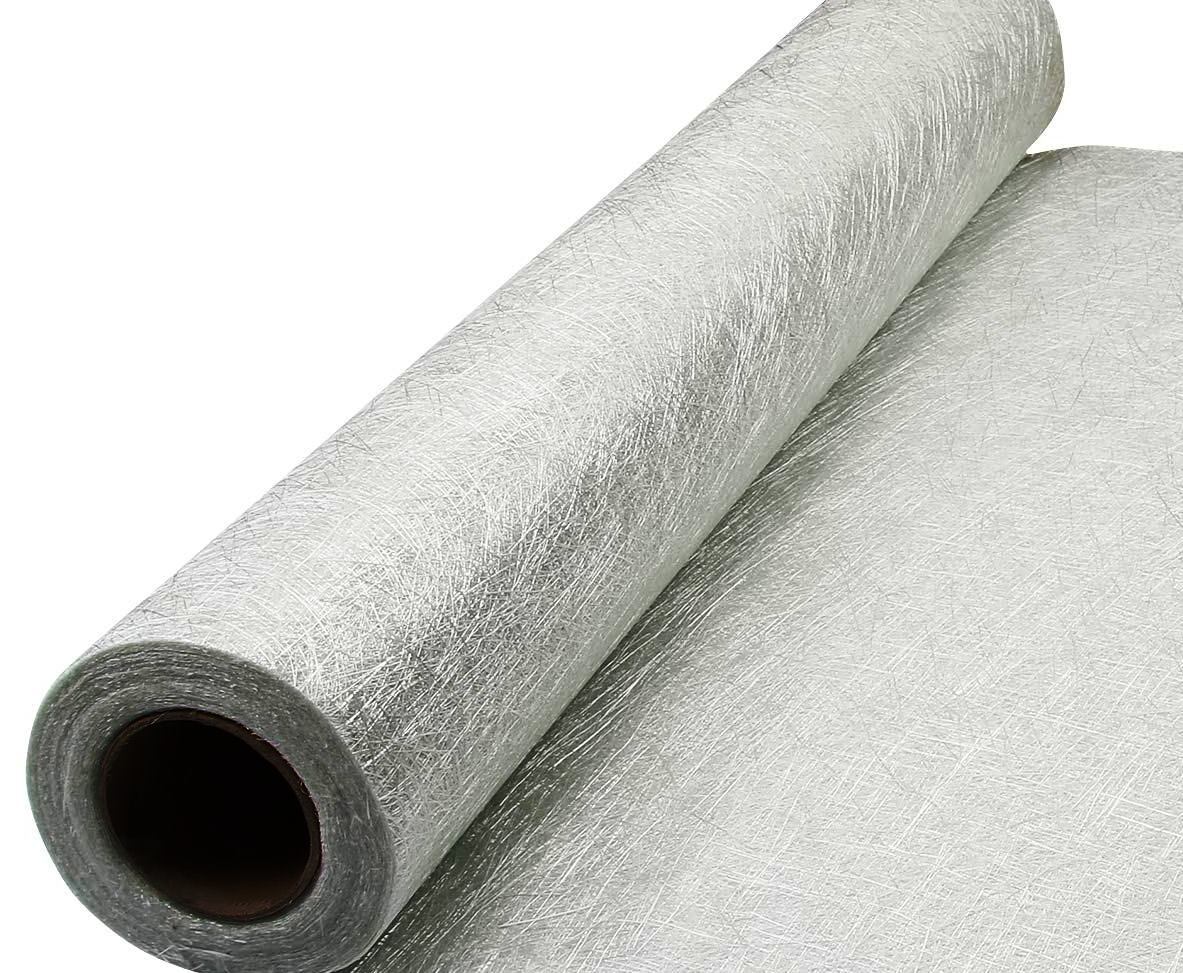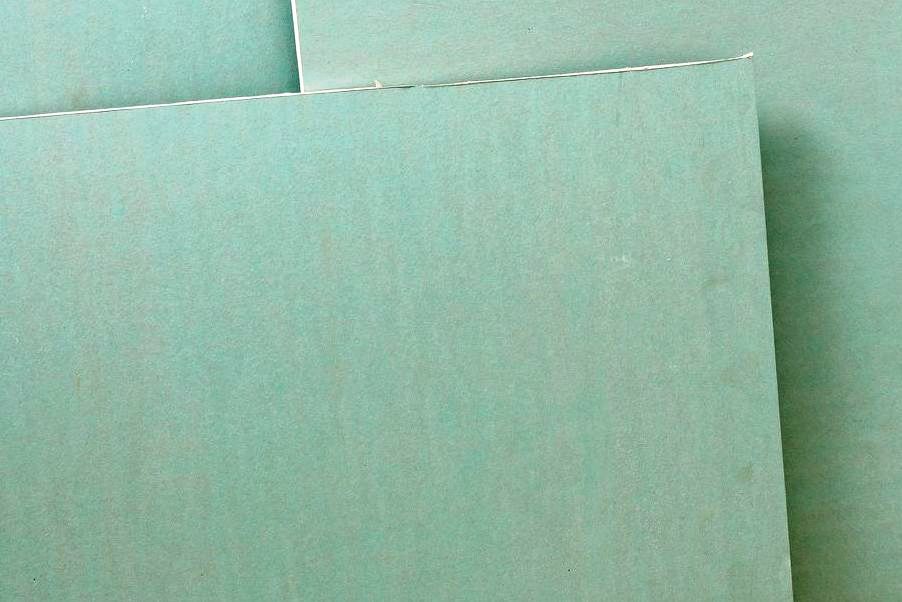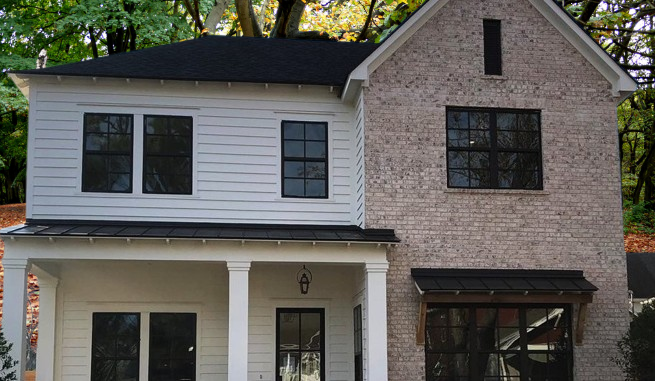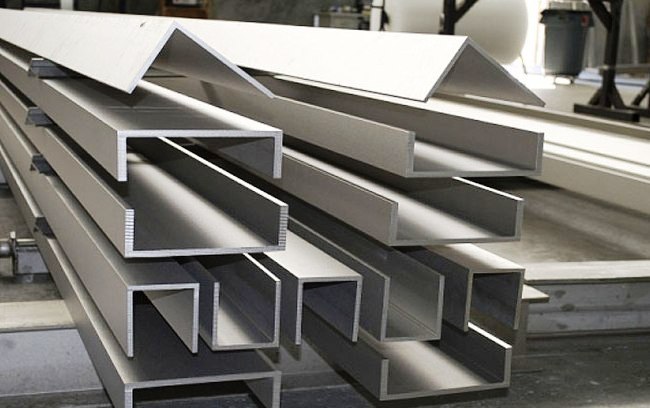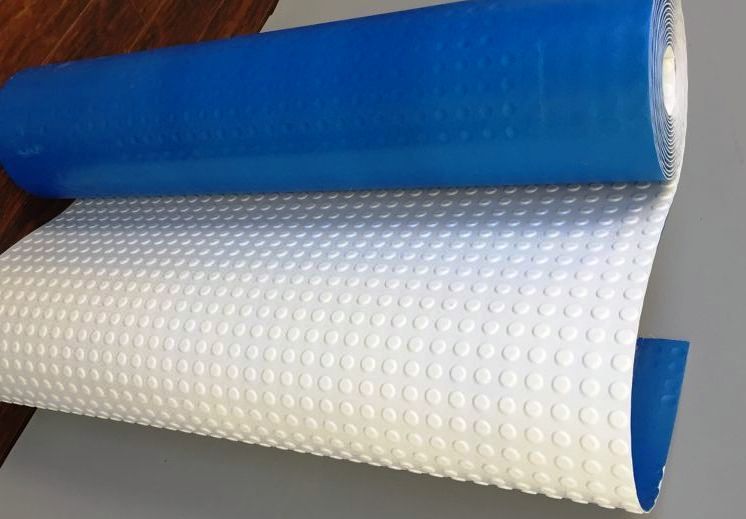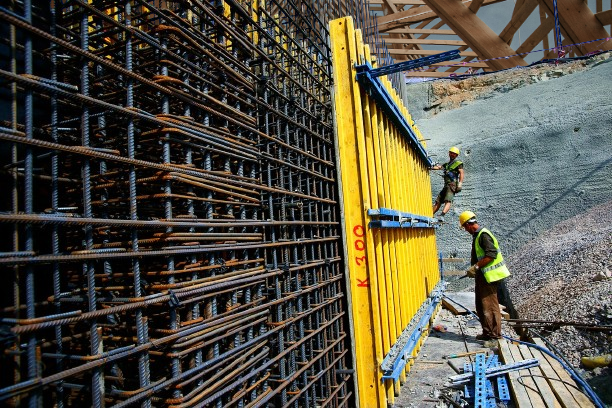Concrete Sealer Still Sticky? Here’s Why and How to Fix It!
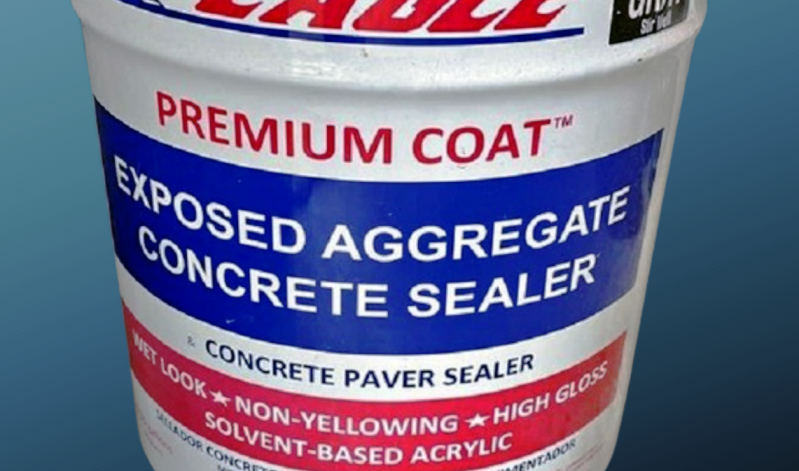
Concrete surface protection from wear is effectively provided by sealers. They also make the concrete easier to clean and increase its resistance to slippage. Because of these advantages, sealers are essential for any concrete project.
- Concrete Sealer Still Sticky? Here’s Why and How to Fix It!
- What Leads to Stickiness After Applying Concrete Sealer?
- The two parts' ingredients weren't fully combined.
- The Fix: Employ a Mechanical Mixer
- Applying Excess Sealer to Each Coat
- The Fix: Use Moderation While Applying the Sealer
- Low air temperatures
- The Fix: Increase the Temperature
- What Is The Drying Time Of Concrete Sealer?
- What Is The Chance Of Failure For Sticky Concrete Sealer?
- Does Sticky Concrete Sealer Need to Be Removed?
- What Other Typical Issues Are With Concrete Sealer?
- How Can Concrete Sealer Be Prevented From Sticking?
- If applied too thickly, will concrete sealer become sticky?
There are a few things that can go wrong when sealing concrete. For example, even after the typical drying time has passed, the sealer might still be sticky.
Here are some possible mistakes you made during installation and the best fixes if you find yourself in such a situation.
What Leads to Stickiness After Applying Concrete Sealer?
After application, concrete may still feel sticky for three main reasons:
-
The two parts’ ingredients weren’t fully combined.
Certain concrete sealants come in two-part epoxy or polyurethane formulations. The manufacturer’s suggested ratios and additional instructions on combining these two ingredients can be found in the instructions.
A two-part epoxy may not react as intended if it is mixed too thinly, and the concrete sealer may stay sticky long after the necessary drying period has passed.
The Fix: Employ a Mechanical Mixer
Using a mechanical mixer is the best way to guarantee that all ingredients are well combined when making concrete sealers. This will guarantee that every product is combined with the other ingredient, even on the walls and at the bottom.
Scoop off a good portion of the tacky concrete sealer if it remains sticky after you did not fully mix it. It’s acceptable to discard some.
Then, apply a new coat of concrete sealer again, making sure it’s well mixed this time. Watch it dry and give it some time.
-
Applying Excess Sealer to Each Coat
Some believe that if they apply too much sealer, the layer over the concrete will get thicker and stronger. However, that is untrue. You will get excess product that won’t dry if you use more sealer than is necessary for each coat.
The Fix: Use Moderation While Applying the Sealer
Refrain from soaking the concrete surface in excess sealer, despite the allure. Pour just enough product onto each coat. By doing this, the tackiness problem will be avoided and product waste will be avoided.
If an excessive amount of concrete sealer was applied, you can remove the tacky sealer and clean the floor to resolve the sticky situation. To cover up any areas that didn’t dry completely, you can apply an additional coat of concrete sealer.
-
Low air temperatures
It should go without saying that a cold temperature will cause the concrete sealer to dry much more slowly. Concrete sealants evaporate, just like other sealants do.
In low temperatures, there won’t be much evaporation happening every minute. For this reason, hours after the sealer should have dried, you might still notice that it is sticky.
The Fix: Increase the Temperature
If applying the concrete sealer indoors, you can increase the HVAC setting. Temperatures will rise as a result, hastening the drying process.
As an alternative, you can heat the concrete sealer with electric blankets if it’s being used outside. You’ll just need to wait patiently for the sealer to dry on its own if you don’t have access to either.
What Is The Drying Time Of Concrete Sealer?
Most sealants for concrete dry in one to three hours. They will, however, take one to seven days to fully heal. We all live in different climates and environments, so you should anticipate that your concrete sealer will be completely dry to the touch in about 12 hours. It might appear “wet” or glossy in the first 12 to 24 hours. This is extremely typical.
If the concrete sealer is still sticky 24 to 48 hours after application, you should be concerned. Do not rush the removal or cleaning of the concrete sealer if it is taking an unusually long time to dry.
Step back and consider the possible mistakes you made. The best way to make sure you don’t make the same mistake again is to do that.
What Is The Chance Of Failure For Sticky Concrete Sealer?
You should not take lightly a concrete sealer that remains sticky days after application. It will eventually fail if it is left on the concrete for an extended period of time.
Because concrete sealers are highly acidic, they may have an impact on areas where the product has not dried completely. As if that weren’t enough, sticky sealer has the potential to clog concrete’s pores, rupturing the bond between the two materials and weakening the adhesive.
Make plans for how to remove extra concrete sealer, clean the surface to get rid of any leftovers, and apply a fresh coat if you find that your sealer is still sticky.
Does Sticky Concrete Sealer Need to Be Removed?
Not really. The best course of action in cases where flaking or peeling is an issue is removal.
It is best to remove any excess concrete sealer and apply a fresh coat if the sealer doesn’t want to dry up. It’s not necessary to completely remove the concrete sealer film with products like Xylene.
What Other Typical Issues Are With Concrete Sealer?
Dealing with concrete sealants can present other challenges besides their sticky nature. Numerous problems are also prevalent, so it’s a good idea to become familiar with these challenges and strategies for overcoming them.
Other problems with concrete sealers that you might run into include;
- Cloudy patches forming under the sealer: This usually happens when excessive moisture gets trapped beneath the sealer while it’s being applied. Reactivating the sealer will allow the moisture to escape, resolving the issue.
- Efflorescence: This is the formation of salt crystals on the concrete sealer. Delamination may result from efflorescence if left untreated. These salt deposits need to be cleaned with water to resolve this problem. Water can readily absorb them due to their solubility.
- Peeling: A weak substrate must have been used to apply the concrete sealer if it is peeling. Peeling requires removing the sealer, washing the concrete, and reapplying it.
- Blistering: If the sealer is applied to too-hot concrete, it will blister. Blisters must be broken open and a new layer of sealant must be applied.
How Can Concrete Sealer Be Prevented From Sticking?
A few pointers can help keep the sealer from becoming sticky during installation. Wipe off excess sealer every 20 minutes after application is one of these tips.
Sealers are typically handled like surface coatings. It is not advisable to let sealers dry by themselves. Give it twenty minutes after putting it on concrete, then remove any leftovers with a cloth.
This guarantees that after the sealer has penetrated the concrete and dried, there isn’t any leftover residue that is still tacky.
If applied too thickly, will concrete sealer become sticky?
It won’t become sticky if thick layers of concrete sealer are applied. But it will also result in a number of other issues. For example, the dried sealant may develop bubbles inside of it.
Furthermore, excessive sealer application can cause the concrete to become overly moist, which will reduce adhesion. Applying concrete sealer when it is excessively thick is not recommended. Each sealer coat needs to be at least five millimeters thick.

